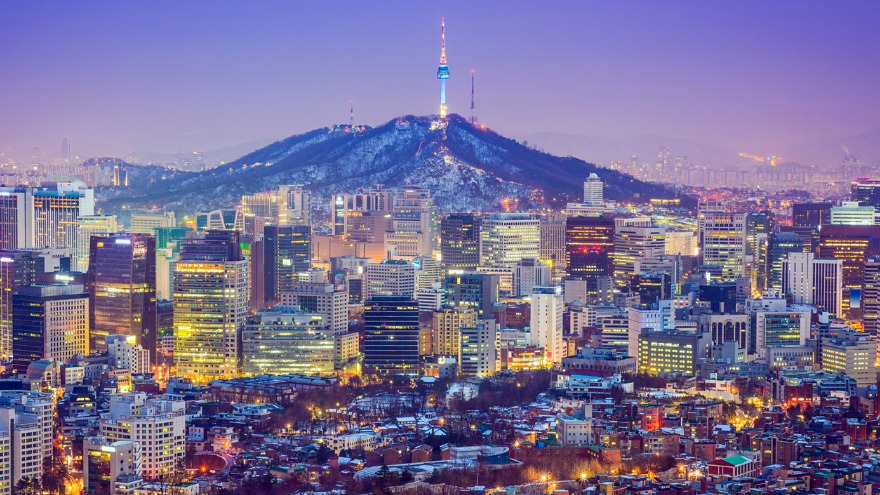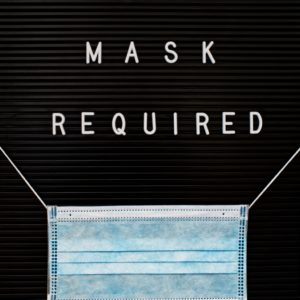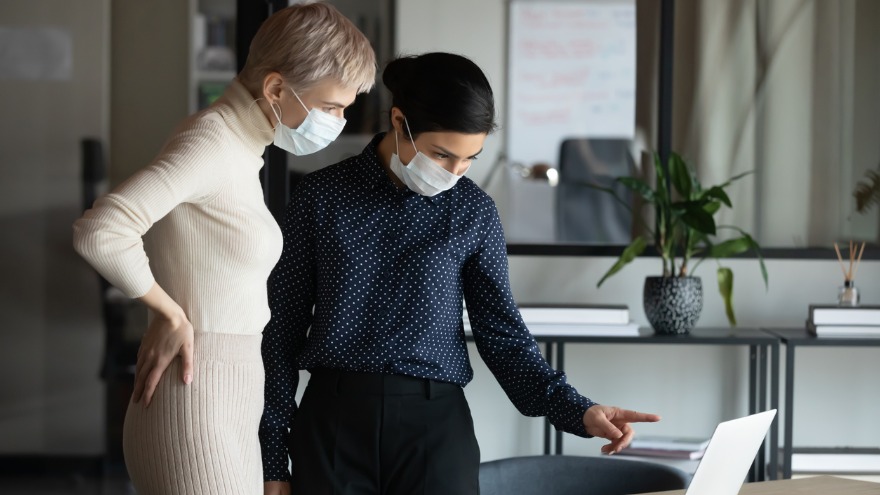Remember conferences and events before COVID-19, mask wearing and social distancing? Let’s take a stroll down memory lane, shall we?
You would fly into the city and arrive at the event just in time for the opening reception. After waiting in an extended hotel line, you’d check into your hotel room to drop off your things. You would then enter a crowded elevator and wind your way toward a packed hall where you stood in line for several minutes to get a drink. After hobnobbing with several acquaintances, you went upstairs to get a good night’s sleep.
The next morning, outside of the general session was another gathering where at least a dozen people probably handled the coffee and a display of fruit, pastries and yogurt before you plated your food.
You get the picture. Vastly different from today.
We all know masks help save lives—but here’s the clencher—are you willing to wear your mask the entire conference time? We turn to our friends in the Far East, South Korea and Japan, for insight into masking up.
See also: Are You Responsible for Mask Policing at Events?
COVID-19 Deaths

As of today, the deaths linked to coronavirus in South Korea, Japan, and the United States are as follows:
- South Korea: 1,300 or .000025 of their population
- Japan: 4,680 or .000037 percent of their population
- United States: 402,000 or .oo12 percent of our population
You may be wondering why there’s such a large discrepancy?
If you might recall, Asian countries have been hit hard with flu viruses that the U.S. has mostly missed. Bird Flu broke out in 1997, followed by SARS in 2003 and Swine Flu in 2009. Most countrymen own N95 or surgical masks, which are more effective than cloth masks.
Asian governments have emphasized strong adherence to self-quarantine in the case of travel or exposure. It has apps to help with contact tracing, something the United States resists due to privacy concerns.
Because South Korea, Japan and other Asian countries are densely populated and rely heavily on public transportation, from 2009 to the present day, it has become the norm to wear masks in three general situations:
- When traveling on public transportation or attending events where social distancing cannot be accomplished (i.e., a concert, movie, trade show)
- When you are sick, even if it is only with a common cold
- On the days when the air quality index is high (meaning smog or pollution is hanging overhead)
With the cases in all countries rising, South Korea has implemented even stricter policies:
- You must always wear a mask at a wedding, school, stores, restaurants and 23 other places
- If you are caught failing to wear a mask, you are fined $90 while business owners receive a $2,700 fine
In Japan, a survey of 2,000 residents found:
- 87 percent wash their hands upon entering their home
- 84 percent wear masks when they are within six feet of another person
- Only 2 percent go wherever they want, whenever they want, without worry about masks
What U.S. Meetings Could Look Like [Way Outside of the Box]
 When it comes to meetings in the Asian market, they look vastly different. For one thing, they are smaller and shorter. Networking is not a priority; education is the focus. Food and beverage service are not expected; it is assumed attendees eat at home or in their hotel room. And, the mask never comes off.
When it comes to meetings in the Asian market, they look vastly different. For one thing, they are smaller and shorter. Networking is not a priority; education is the focus. Food and beverage service are not expected; it is assumed attendees eat at home or in their hotel room. And, the mask never comes off.
What are the most significant risks with U.S. meetings? There are three glaring ones—no real social distancing at tables, it’s impossible to wear a mask when you are eating or drinking, and people are meeting outside of their community.
To fix these problems, here are a few creative solutions:
- Attendees check-in and open their hotel door with their phone. When they arrive in their hotel room, dinner or an appetizer and drinks are there. The cocktail hour is gone, and the hotel bars are either closed or close early. A goody bag has disposable wipes, hand sanitizer and disposable masks within it.
- Room service is repeated the next morning, an hour before the general session. There is a text message that it’s outside the room, keeping the meal contactless.
- Attendees arrive at the general session, where each person’s temperature is checked via a self-standing iPad. A greeter escorts them to their table, where there are two people per table and each table is spaced six feet apart. On the table are hand sanitizers, wipes and disposable masks.
- Lunch is served back in each attendee’s hotel room. If your meeting location is in a warm climate, attendees are welcome to get their lunch and meet in a designated outside space.
- There are individuals trained and designated to enforce the mask-wearing. As individuals come in from meals or breaks, the enforcers will correct the action if someone is in violation (even wearing it wrong).
- During breaks, the PA system reminds attendees about the importance of mask-wearing, washing their hands and social distancing.
- If an attendee has to cancel because they are sick, or they get sick during the conference, all monies are returned to them, no questions asked.
- Plan local—there is a much lower risk of spreading COVID-19 if events are held within one’s community.
Positive Impact on the Hospitality Industry
Yes, you will still be booking meeting space, ordering AV equipment and providing food and beverage. It will just look different. Attendees will interact differently, too. They may still network, but at a distance. They will eat, but it will be alone or outside. Everything will be touchless. But if everyone accepts these parameters, event venues will not have to close their doors, employment will stabilize and attendees will feel safe.
We have to change our planning and execution tactics, or all may be lost for another year.
De-de Mulligan is a regular blog contributor for Rentacomputer.com, a nationwide provider of laptop rentals for work from home needs. As a former meeting planner who has received Ohio MPI’s Planner of the Year award twice (2006 & 2012), she brings a unique perspective. You can find her on Twitter and LinkedIn, where she welcomes followers and connections.




